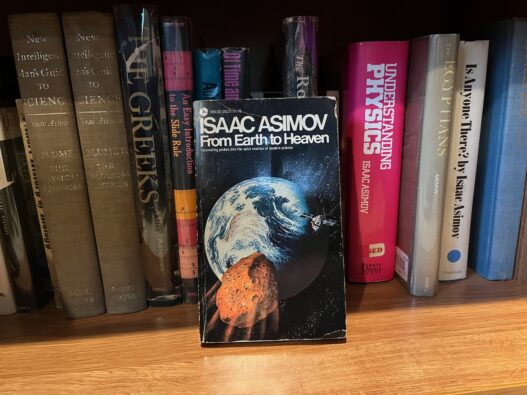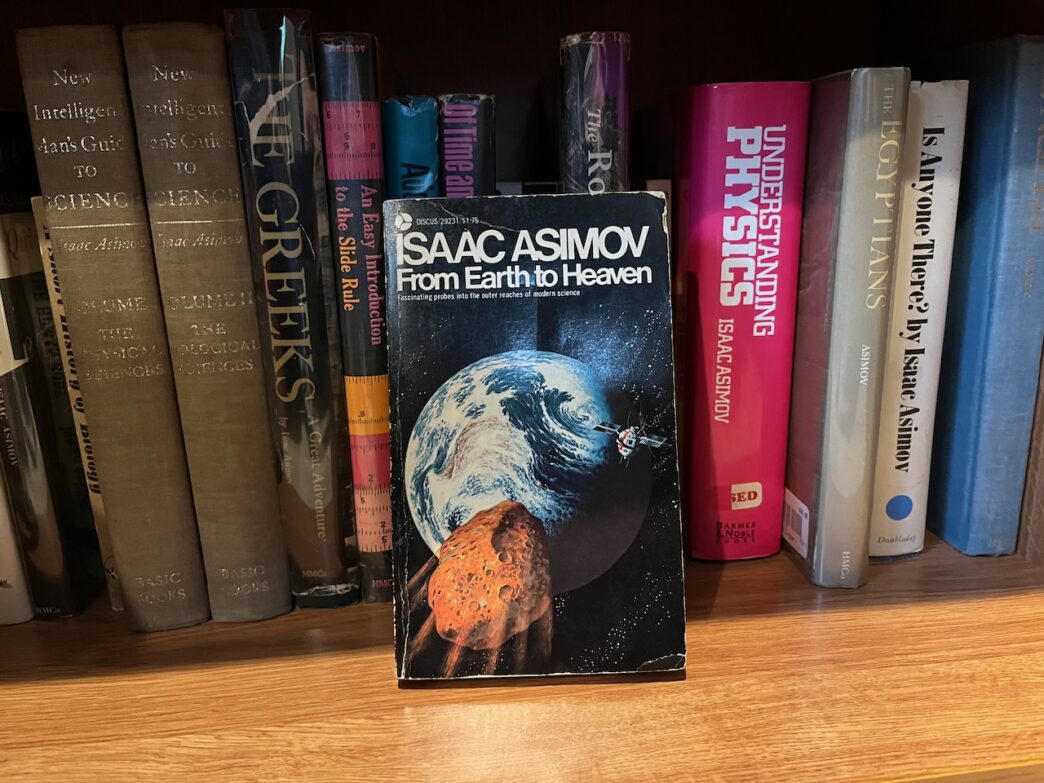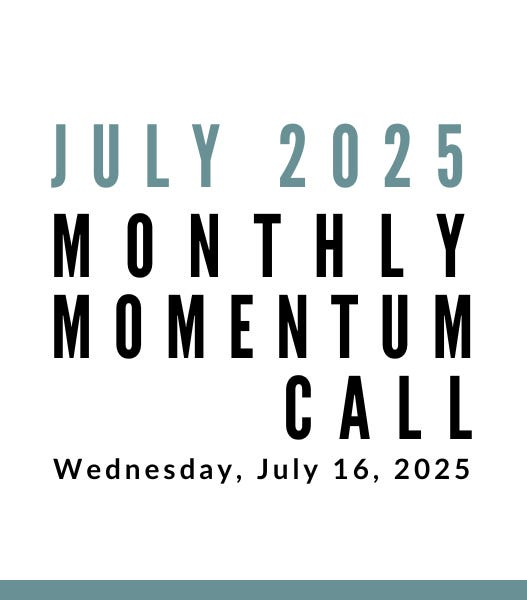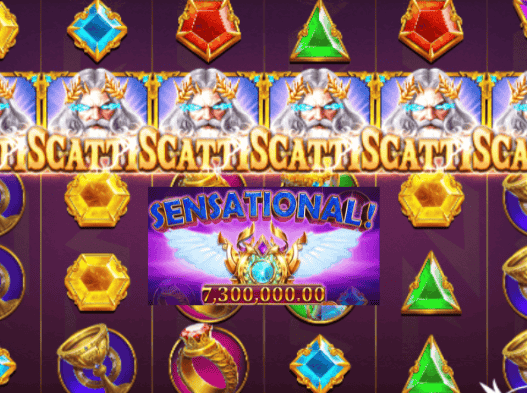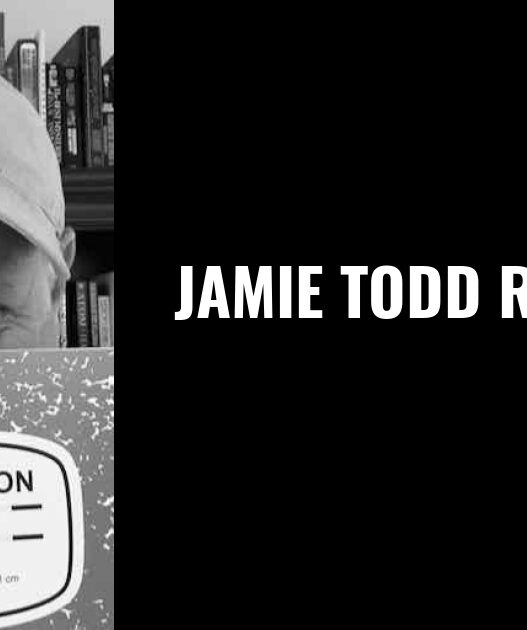This post is part of my weekly series, Shelf-Life. Each episode is about a particular book on my bookshelves. For more information see my introductory post. To read other episodes in this series, see the Shelf-Life Index page.
If one were to peruse the list of books I have read since 1996, the first item of note might be the book that started it all, #1 on the list: From Earth to Heaven by Isaac Asimov. Why this book? Why the list? Why now? In other words, how did it all start?
In late 1995, I made a spur-of-the-moment decision: I would try to read one book every week, or 52 books per year. This wasn't a New Year's resolution, but it was a definite goal I set for myself. In order to help keep me on track, I decided that in 1996, I would begin to keep a list of all of the books I read. I was inspired, in part, by a list I saw online by a reader named Eric W. Leuliette sometime in 1995. My idea was to write down each book I finished and give it a number. If I didn't finish the book, it didn't go on the list.
The very first book on my list was Isaac Asimov's science essay collection From Earth to Heaven, which I finished reading on January 13, 1996. As far as I know, this is the first collection of essays I voluntarily read for pleasure, and this was the beginning of my love for the essay form.
Given that the book was a collection of monthly science essays, the contents were eclectic, with Asimov's interests varying from month-to-month in his column. The seventeen essays in the collection covered a wide range of scientific topics. “Oh East Is West and West is East–” discussed latitude and longitude. “To Tell a Chemist” covered Avogadro's number. “Behind the Teacher's Back” discussed the uncertainty principle. “Death in the Laboratory” was all about fluorine. “The Land of Mu” discussed mesons, while “The Rock of Damocles” was all about earth-grazing objects like asteroids. Asimov approaches all of these topics colloquially, often with humor, and always starting at the beginning so that the subject is always clear. Reading the book, I found interests pulled in seventeen different directions.
I'm certain, for instance, that if it were not for Asimov's science essays, it would never have occurred to me to read David Berlinski's A Tour of the Calculus, a book I read a short time later. And if I hadn't read and enjoyed those essays, I might never have discovered my love for the essay form. Ever since, I've been on the lookout for good essay writers. I discovered Andy Rooney's essays, which I loved. Later, I discovered E. B. White's “One Man's Meat” and other essays. Then Stephen Jay Gould, whose “This View of Life” appeared in Natural History magazine for 300 consecutive issues. Then David Foster Wallace, Christopher Hitchens, Gore Vidal…
I can't get enough of the essay form, and I have Asimov's From Earth to Heaven to thank for that. Asimov's writing is clear and straightforward. It has been a pleasure to move from that to other styles. The most difficult to penetrate (but just as rewarding) are those of Stephen Jay Gould. His essays are like puzzles, and it is a joy to spend the time understanding them. Andy Rooney's pieces were, in retrospect, heavily influenced by E. B. White. White, my favorite, is the true master of the form. I've read individual essays from other writers that are better than some of White's, but in aggregate, I've yet to read another essayist who consistently maintains beauty of substance and style in White's writing.
It recently occurred to me that books are like seeds. Plant them, and they grow, their branches reaching out in all different directions leading a reader this way and that. If that is the case then From Earth to Heaven is the first seed I planted in a garden that has grown to more than 1,400 trees, their branches arching and intertwined like the buttresses of some massive jungle cathedral. My list, then, is a record of my garden, an almanac of seasons of sowing and reaping, of planting seeds of knowledge and watching them grow and expand. The garden is larger than I could possibly imagine three decades ago when I first started to cultivate it. Its diversity of subject is among my greatest joys in its cultivation. The only greater joy is the knowledge that in this type of garden, there are no limits of space, only time. It can and will continue to grow, and I'll continue to spend the seasons sowing and repeating for as long as I have seasons left to spend.
Did you enjoy this post?
If so, consider subscribing to the blog using the form below or clicking on the button below to follow the blog. And consider telling a friend about it. Already a reader or subscriber to the blog? Thanks for reading!
Follow Jamie Todd Rubin on WordPress.com




![Best ESIM For Taiwan [2026 GUIDE]](https://rjema.com/wp-content/uploads/2025/11/Best-ESIM-For-Taiwan-2026-GUIDE-95x95.jpg)
![Best ESIM For Taiwan [2026 GUIDE]](https://rjema.com/wp-content/uploads/2025/11/Best-ESIM-For-Taiwan-2026-GUIDE-527x297.jpg)


